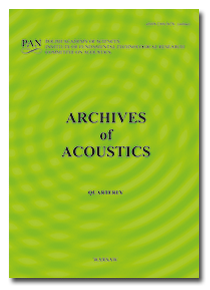Viscoelastic relaxation in a series of fluoropropylmethylsiloxane fluids
It has been shown that the coefficient 2K in this term is a function of the viscosity of the examined liquid. The results obtained have been interpreted as the superposition of two relaxation processes, one of high-frequency viscoelastic relaxation and one of low-frequency retardation related to the three-dimensional orientation of the molecules. The values of the individual relaxation times have been determined with the aid of ROUSE's theory.
References
A.J. BARLOW, G. HARRISON, J. LAMB, Viscoelastic relaxation of polydimethylsilox and liquids, Proc. Roy. Soc., A282, 228.251 (1964).
A.J. BARLOW, M. DAY, G. HARRISON, J. LAMB, S. SUBRAMANIAN, Viscoelastic relaxation in a series of polyethylacrylates and poly-n-butylacrylates, Proc. Roy. Soc., A309, 497-520 (1969).
A.J. BARLOW, A. ERGINISAV, J. LAMB, Viscoelastic relaxation in liquid mixtures, Proc. Roy. Soc., A309, 473-496 (1969).
R. KONO, H. YOSHIZAKI, Viscoelastic properties of polyvinyl-i-butyl ethers at high frequencies, Japan J. Appl. Phys., 12, 445-457 (1973).





